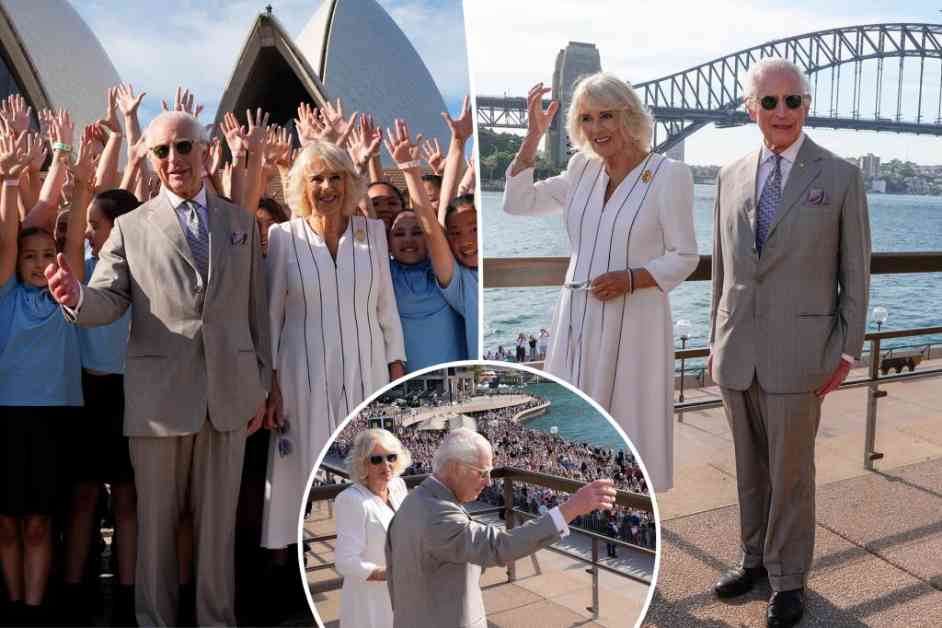King Charles III recently concluded his first visit to Australia as a reigning British monarch, marking the end of a significant tour that captured the attention of the public and sparked debates among anti-monarchists and supporters of the monarchy.
During his visit, King Charles III and Queen Camilla engaged in a series of public events and engagements, drawing large crowds of spectators eager to catch a glimpse of the royal couple. Despite the warm reception they received, there were moments of controversy, such as when Indigenous independent senator Lidia Thorpe publicly expressed her discontent with the monarchy, emphasizing that Australia was not the king’s land.
The Australian Republic Movement, led by Esther Anatolitis, advocates for an Australian citizen to replace the British monarch as the head of state. Anatolitis highlighted the challenges of amending the constitution to establish an Australian republic, citing the lack of significant constitutional changes since 1977. Constitutional lawyer Anne Twomey echoed these sentiments, emphasizing the complexities and potential obstacles associated with transitioning to a republic.
While there is a growing interest in Australia becoming a republic, the road to achieving this goal is paved with challenges, including the need for widespread public support, constitutional amendments, and a nuanced understanding of Australia’s history and identity. The recent visit by King Charles III reignited discussions about the country’s constitutional monarchy and its potential evolution towards a republic.
Despite differing opinions and ongoing debates surrounding the monarchy, the royal visit served as a platform for dialogue and reflection on Australia’s political future. As the country grapples with questions of identity, sovereignty, and constitutional reform, the issue of establishing an Australian republic remains a topic of interest and contention among various stakeholders.
As King Charles III departs for Samoa following his visit to Australia, the conversations sparked by his presence continue to resonate within the Australian public sphere. The legacy of his tour and the debates it has ignited may serve as catalysts for future discussions on the country’s political system and its alignment with contemporary values and aspirations.

